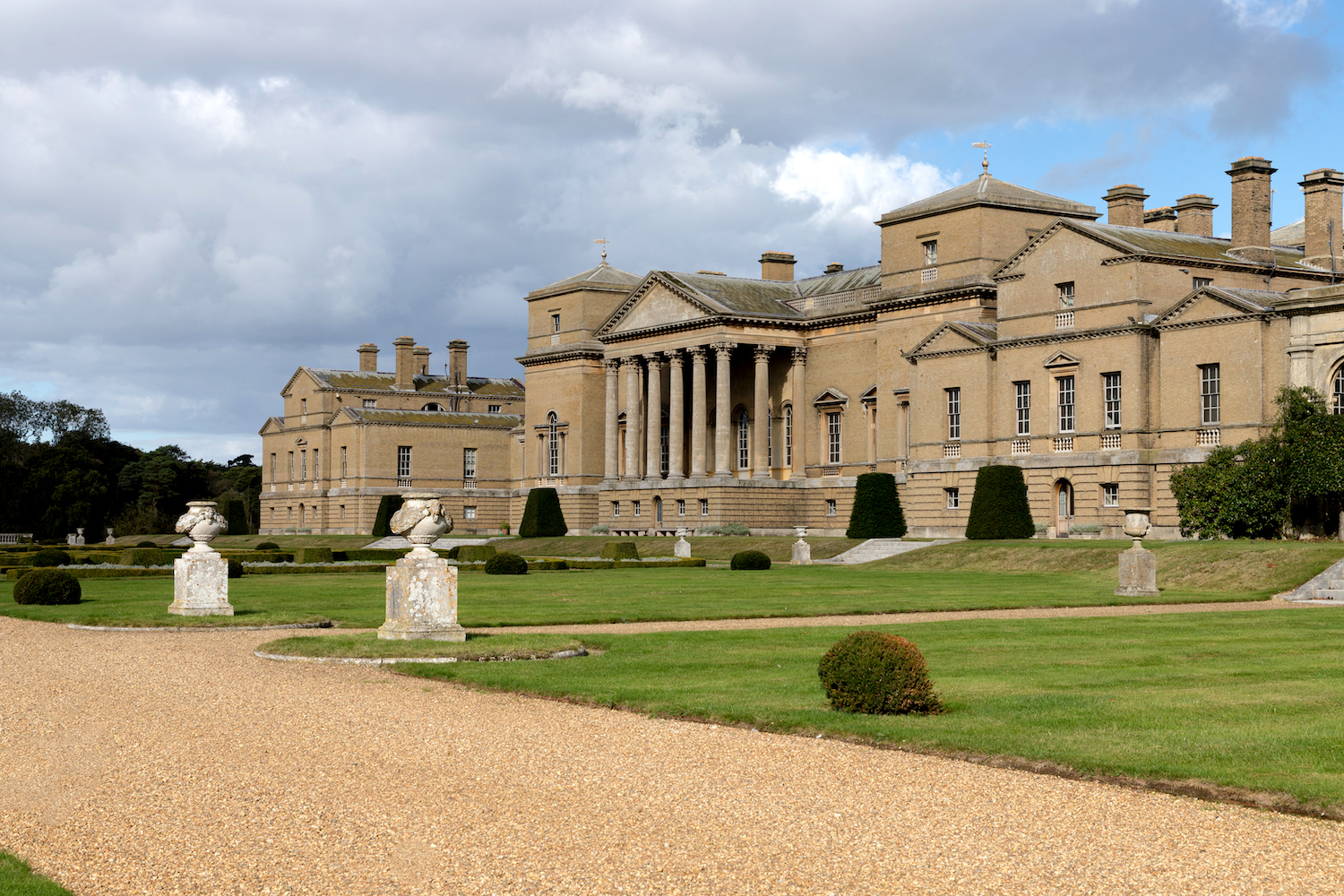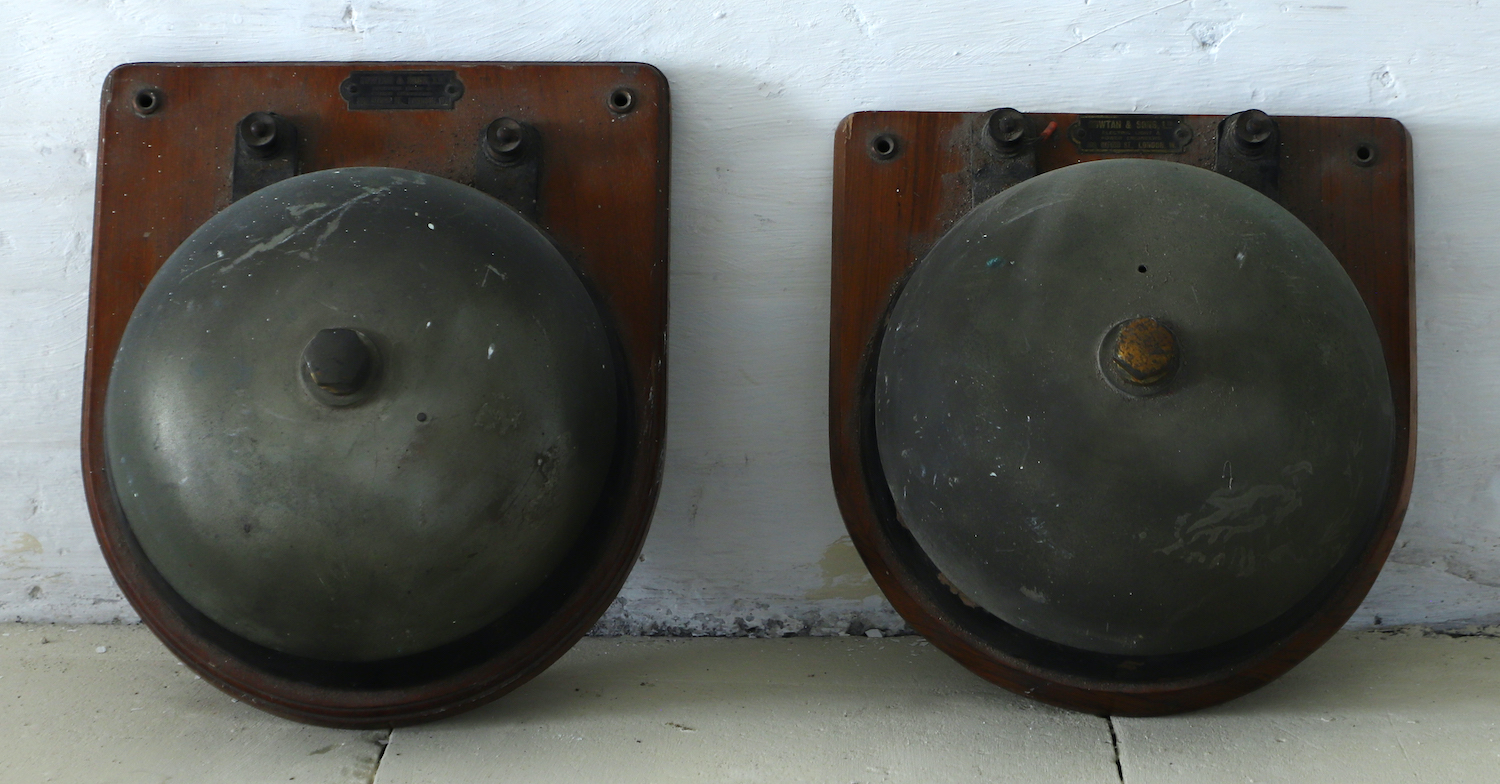#Holkham #Hall #Attic #sale #history #Antique #Collecting
Holkham Hall in Norfolk is to offer selected contents from its storerooms and attics at an on-the premises auction taking place for the first time in its long history.
Under the instruction of Thomas Edward Coke, 8th Earl of Leicester, Holkham: The Attic Sale will be held by Sworders on February 11.

Around 400 lots from the north Norfolk estate, many of them Coke family heirlooms in storage for half a century or more, are expected to sell for between £300,000-400,000.
Lord Leicester, who has run the estate since 2006 and succeeded into the earldom in 2015, says he hopes buyers “will see these with a fresh pair of eyes and give them a new lease of life”.
Holkham Hall itself was built by Thomas Coke, 1st Earl of Leicester (1697-1759). As a young man in 1712, he embarked on a six-year Grand Tour during which he amassed an extraordinary collection of works of art and made the acquaintance of the Palladian architect Richard Boyle, 3rd Earl of Burlington and William Kent. Kent was not an architect at the time of meeting.

Kent helped to shape the estate to house the extensive collection of art, statuary, manuscripts and books acquired while on tour. The process would be a long one. Hampered by the financial strife that followed the bursting of the South Sea Bubble, the house was built (under the supervision of the Norfolk builder Matthew Brettingham the Elder) between 1734 and 1764, with work on the interiors only completed by Coke’s widow Lady Margaret Tufton, Countess of Leicester (1700-75) in 1771.
However, the core collection at Holkham today remains very much as the original builder had intended. The 1st Earl’s Grand Tour acquisitions – his cache of classical marble sculptures and a library of illuminated manuscripts – were carefully documented and are still largely intact. The collection and house, described by Sir Nikolaus Pevsner as ‘the most classically correct house in England’, is today open to the public for 130 days a year.

Most of the items in Sworders’ sale were purchased for the estate by subsequent generations – the descendants of Wenman Coke (c.1717-76), MP for both Derby and Norfolk, and his son Thomas William Coke (1754-1842).
‘Coke of Norfolk’ as he was known sat as the Whig MP for north Norfolk for 56 years but is mainly remembered as an agriculturalist and one of the instigators of the British or Second Agricultural Revolution. He popularised four-course rotation and started the annual sheep shearings – the forerunner to the county agricultural shows of today. In 1837, the earldom was revived in his favour, establishing the Leicester line that continues today.
Occasionally revered items from Holkham have appeared at auction in the past century, such as a Titian painting in 1921 (now in the Metropolitan Museum of Art) and a Leonardo manuscript, the Codex Leicester, first sold in 1980 and owned since 1994 by Bill Gates. However, this is the first time an auction house has been invited to conduct a sale on the premises.

“Over the centuries, items have been replaced as fashions evolve or as rooms change use,” said Lord Leicester. “However, there has always been a reluctance to dispose of the unneeded straightaway and so inevitably ‘stuff’ accumulates. As you can imagine in a house such as Holkham Hall there is plenty of space to store those myriad items that, for whatever reason, are no longer used.”
Some of the items in the sale come direct from the family’s private living quarters in the hall. They include furniture from the bedrooms of Lord and Lady Leicester’s four children and porcelain services from living rooms. A Sevres ‘beau bleu’ ground dessert service painted with named botanical specimens made during the first years of the Republic in 1792 is expected to bring £10,000-20,000.

However, much had been in storage since the 1970s and 80s when Lord Leicester1s father, the 7th Earl, oversaw the modernisation of the Holkham Estate and began the process of making the collection more accessible to the public.
“Over the past few seasons, we have opened our attics and cellars to our visitors for guided tours. This has meant a great deal of ‘housework’ to make the passages and walkways safe for people to pass through. The furniture is being stacked higher and higher, so it is time to declutter.”
In 2019, prior to the Covid 19 pandemic, Holkham’s collections co-ordinator and its art advisor were tasked with cataloguing all the furnishings within the estate’s bulging attics and cellars and make recommendations. Lord Leicester then went through the list and added or omitted items.

“I undertake this exercise with mixed feelings” he explained. “I am, like some of my ancestors, something of a ‘hoarder’, though equally it is wonderfully cathartic to be able to say goodbye.” He took the decision to work with Sworders who held the Guinness Sale at Elveden for Lord lveagh in September 2023.
At the core of the Holkham dispersal is a large quantity of classic English country house furniture. Pieces of obvious quality include a pair of William IV mahogany library tables with crisply carved foliate decoration and bold paw feet, expected to sell for £4,000-6,000, and a Regency giltwood fire screen in the Egyptian revival taste that was likely made in the workshops of Thomas Chippendale the Younger. The latter, offered with a guide of £5,000-8,000.
Classic country house estate items also come under the hammer with more modest expectations. Bidders will have a chance to buy an automobile trunk from the classic age of motoring by Brexton, estimated at £150-250, and a pair of electric-powered servants bells by Cowton & Sons of Oxford Street with an estimate of £200-400.

Souvenirs of royalty include a photograph of George V at a shooting party at Sandringham, c.1905, estimated at £250-450, and a silvered oak and blue velvet chair from the 1953 Coronation, estimate of £300-500. The chair was used by Anne Tennant, Baroness Glenconner, the daughter of the 5th Earl of Leicester, who was one of Queen Elizabeth ll’s Maids of Honour.
A connection with the earliest years of Holkham is provided by a series of 18th and 19th-century bronze, terracotta and plaster busts depicting extended members of the Coke family, and faces from classical Greece and Rome. A plaster bust of the Punic War General Marcus Claudius Marcellus indistinctly inscribed ‘JS April 28, 1848’ will be offered for sale with a £800-1,200 estimate. It is probably made from a mould by Matthew Brettingham the Elder or his son of the same name who, also an architect, had travelled to Italy in 1747-54 to purchase sculptures and artwork for his British patrons, including Thomas Coke.

The sale includes a number of pieces made at Holkham Pottery, the once thriving local studio active on the estate between 1951 and 2007. The pottery was the idea of Lady Elizabeth Leicester, the wife of the 5th Earl, and was sited in 19th-century buildings that had been Holkham’s laundry and a bowling alley.
A lot comprising two large table lamps, one with a lapis lazuli glaze made and signed by Holkham Pottery’s chief potter Cyril Ruffles, is guided at £80-120.

Lord Leicester hopes to have more time in the future to nurture his interests in art and continue his father’s initiatives, including a display in the Hall about Magna Carta and the role played by his ancestor Sir Edward Coke in preserving its values.
The Coke (pronounced Cook) family of Norfolk traces its roots back to the Elizabethan and Jacobean jurist Sir Edward Coke (1552-1634). Coke is best known for his legal texts – particularly the Institutes of the Lawes of England that laid the principles for the common law – and as the attorney general who oversaw the trials of both Sir Walter Raleigh and the eight main conspirators in the Gunpowder Plot. Buried in St Mary’s Church in the Norfolk village of Tittleshall, a Latin inscription on his memorial identifies him as ‘Father of 12 children and 13 books’.





